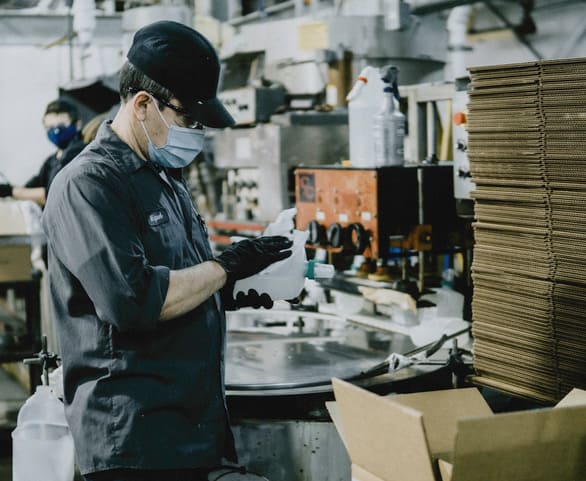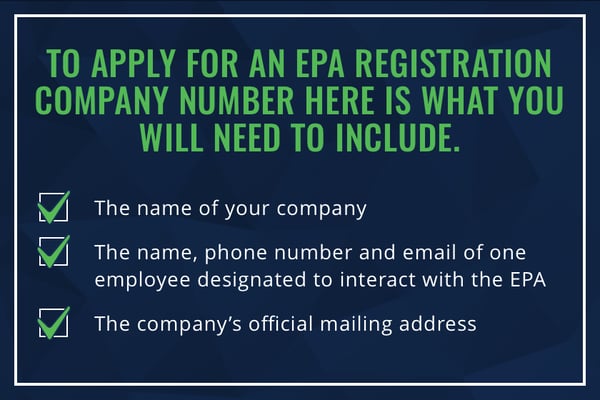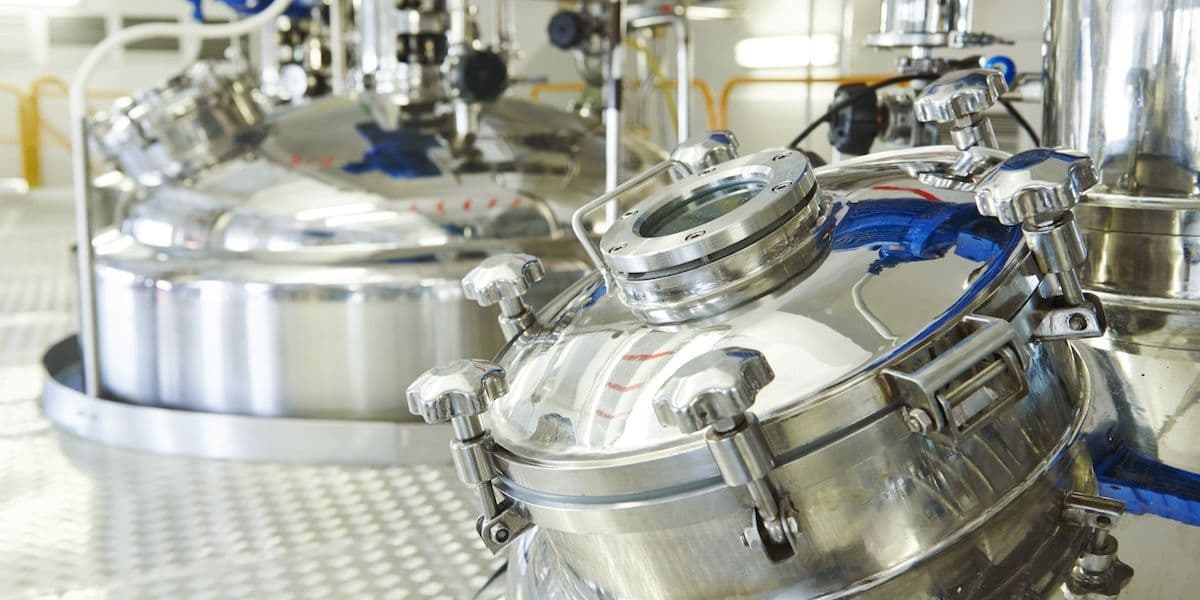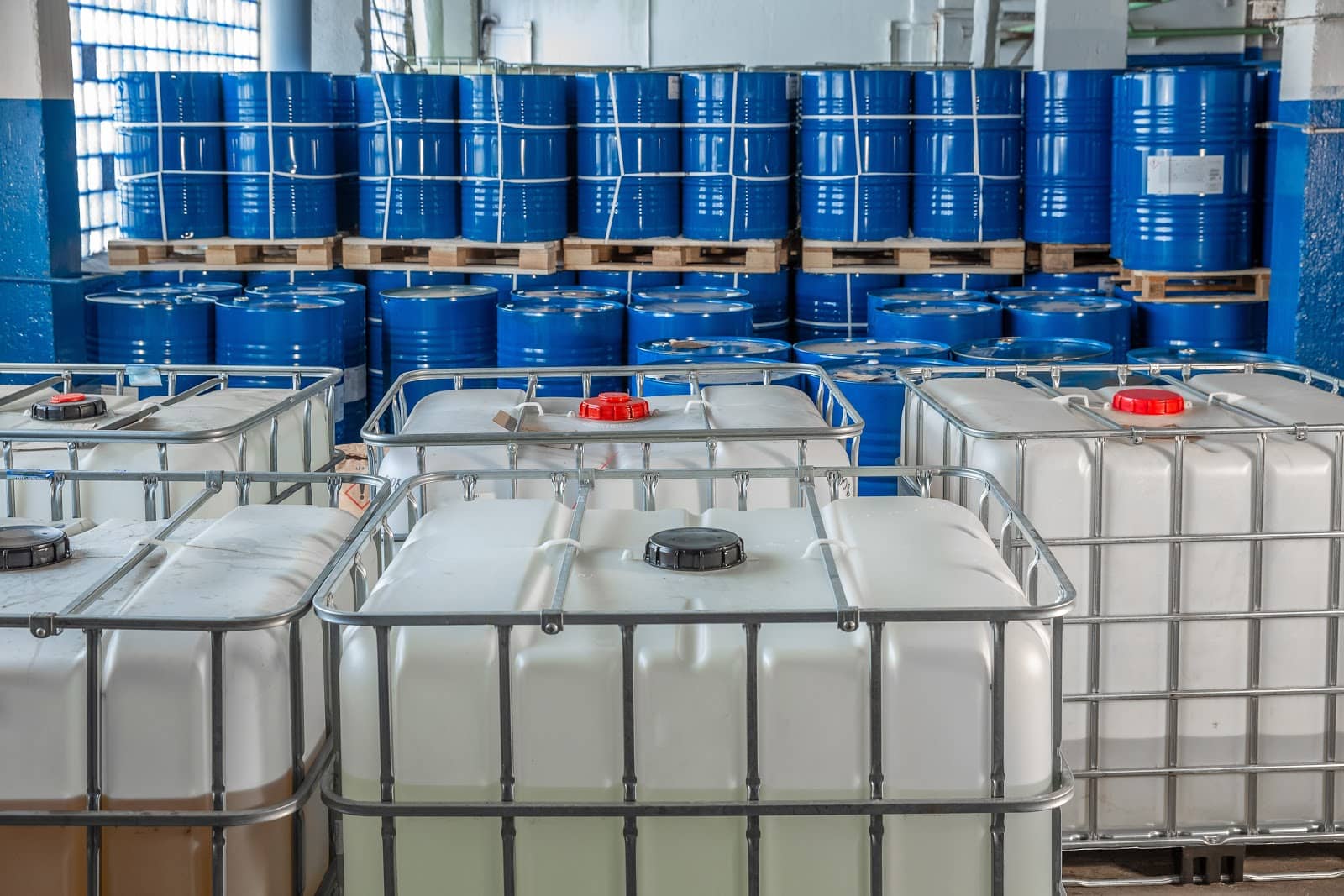
EPA Registration vs Sub-Registration for Antimicrobials
As “buggy” as this may sound, it’s true: all antimicrobials, such as sanitizers and disinfectants, sold in the United States must be registered (licensed) by the Environmental Protection Agency (EPA) under the Federal Insecticide, Fungicide, and Rodenticide Act (FIFRA). That’s right - the products that make your home fresh and squeaky-clean are regulated right alongside insecticides and rodenticides.
As we will get into in a second, registering a new antimicrobial with the EPA is a complicated, long and expensive process. This is why many want to know more about supplemental registration, or sub-registration. As a toll blender and contract chemical manufacturer, we work with many companies that hold sub-registrations, and we’re hearing a lot more questions about it these days.
Sub-registration is the fastest way to get a registered product to market. However, we should also emphasize that while it can be faster, it’s still a complicated process in and of itself that doesn’t happen overnight. This blog is simply meant to break down the sub-registration process in plain English for everyone’s benefit.
Need chemical blending, packaging and distribution support? Talk to an expert at Royal Chemical today.
Costs of EPA Registration
Nailing down an accurate estimate for the time and cost of a EPA registration is difficult, as the process varies by submission type. For general estimates, it can cost anywhere from $5,000 to $50,000 to register a product with the EPA, and that’s on the low end. This is because of the costs of tests needed to obtain the data required to support your registration claims. Research, testing and development isn’t cheap.
Moreover, you need to register your product with each state where your product is sold, and those fees range from $150 to $1,150 a year depending on the state. You can expect annual state registration fees to run between $5,000 to $15,000 a year.
Of course, none of these costs take into account the amount of time required to conduct all of these tests and complete all of the administrative filing. This is why it may be beneficial for your organization to go the supplemental registration route.
What is Supplemental Registration (Sub-Registration)
Sub-registration allows a company (the “distributor”) to sell a pesticide, including antimicrobial products like sanitizers or disinfectants, using another company’s primary registration. In this situation, the owner of an EPA-registered chemical product (the “primary registrant”) authorizes the distributor to blend, package and market their product under a third-party label.
Since the product has already been approved by the EPA, you don’t have to spend all that time and money on research, testing and development. This allows you to get a product to market much faster than you would if you created a new formulation on your own. That said, this is still a regulated process that requires a significant investment of time and money.
Costs of Supplemental Registration
On top of the time investment, you will still need to register with each state you sell your product in. This means that the fees of $100 to $1,150 a year will still apply, and you can expect annual fees to run between $5,000 and $15,000 a year.
EPA Registration Number vs EPA Establishment Number vs EPA Registration Company Number
Before moving on, it’s important to understand the differences between an EPA registration number and EPA establishment number and an EPA company number.
- EPA Registration Number - An EPA registration number is the number that identifies the company and the registered product that the company owns. It consists of one set of numbers that identifies the company, then a hyphen, followed by the registered product number ([Company #] - [Product #]).
- EPA Establishment Number - This is the number assigned to the facility that manufactures the final product. For instance, all Royal Chemical facilities have EPA establishment numbers since we do manufacture various antimicrobials.
- EPA Company Number - The EPA company number identifies the company that’s registered with the EPA. This number is the first set of digits on an EPA registration number (the first bullet above). However, for supplemental registration, the distributor must also have a company number as well.

Every product label will have the EPA registration number, the EPA establishment number and EPA company number.
All of the numbers must appear on the label of the product once it’s being produced and sold.
Supplemental Registration Process in Six Steps
These are the basic steps you need to take to successfully sub-register a product.
1. Identify a registered product and obtain permission from the primary registrant
First, you must identify the appropriate registered product from the library of EPA approved products that you would like to use. Then you need to work with the primary registrant to come to an agreement and begin the process of a supplemental registration.
2. File EPA Form 8570-5
Once you (the “distributor”) enter this agreement, the primary registrant will file a Notice of Supplemental Distribution of Registered Pesticide Product (EPA Form 8570-5) with the EPA.
3. Enter Manufacturing Agreement
Following this, you will need to enter a manufacturing agreement with the primary registrant. If you use a toll blender like Royal Chemical to manufacture your product, they will need to be a part of that agreement. Under this agreement, the EPA-accepted formulas, labels and quality specifications are shared with the blender and the distributor (see Form 8570-4). The Confidential Statement of Formula (CSF) lists all the components in the product and their percent by weight, along with some additional information. Producing the formula according to the CSF is required by law in order for a blender or manufacturer to distribute products.
4. Produce Product with Quality Controls
Once the CSF is shared from the registrant, the authorized manufacturer must follow the instructions in order to preserve the efficacy and maintain quality consistent with the originally registered product. These requirements include sourcing both active and inert ingredients only from approved suppliers, manufacturing according to the blending instructions, and verifying quality. Labeling and marketing the product must align with the registered master label.
Maintaining quality control is extremely important, both for the safety of your customers and the reputation of your brand. This is why it can be beneficial to work with a contract manufacturer like Royal Chemical, which has the proven experience, supply partnerships and quality controls to ensure every ounce of your chemical product is perfectly formulated.
5. Submit for State Approval
After the primary registrant and the distributor have done all the above, the distributor must submit the finished product market label to all states it wants to sell in for approval. This approval process can take anywhere from one month to six months depending on the state.
It’s important to note that some primary registrants have an internal approval process prior to permitting sub-registrants to file.
6. Manufacturers Must Have Label on File at Each Facility
Each manufacturer/blender must maintain a master copy of the product label on file at each blending/manufacturing facility. The label must meet EPA labeling requirements, including having the EPA registration number and the EPA establishment number on the label.
Third Party Assistance with EPA Supplemental Registration
As you can see, even though it is not as in-depth as registering a new product, supplemental registration is still a daunting task. Several experienced companies (like Pilot Chemical and Stepan) offer third-party assistance in obtaining EPA registration and supplemental registration, and some legal firms that specialize in environmental regulation, EPA registration and supplemental distribution also provide guidance in navigating the supplemental registration process.
Partner with Royal Chemical
If you need support blending, packaging and distributing your products, Royal Chemical can help. With 80+ years of experience, Royal Chemical can help you streamline your operations and ensure your products are manufactured and delivered on time. With our five distribution centers, you can reach 83% of the continental US population within one business day, and 100% within two.
Learn more about how we can help you scale your business by talking to a Royal Chemical expert today.
We are grateful for the time and assistance technical expert John Koduru, Marketing Manager Michael VanderDrift, CSHO, SHEP, and Bill Woods, Technical Marketing and Training Manager at Pilot Chemical, provided in explaining and answering questions about the sub-registration process with the EPA. Their help and expertise ensured this blog’s accuracy.
Talk to an Expert
Streamline Your Chemical Manufacturing Process
Royal Chemical’s expertise in blending, packaging and shipping can save you time, reduce costs and deliver consistent results.















